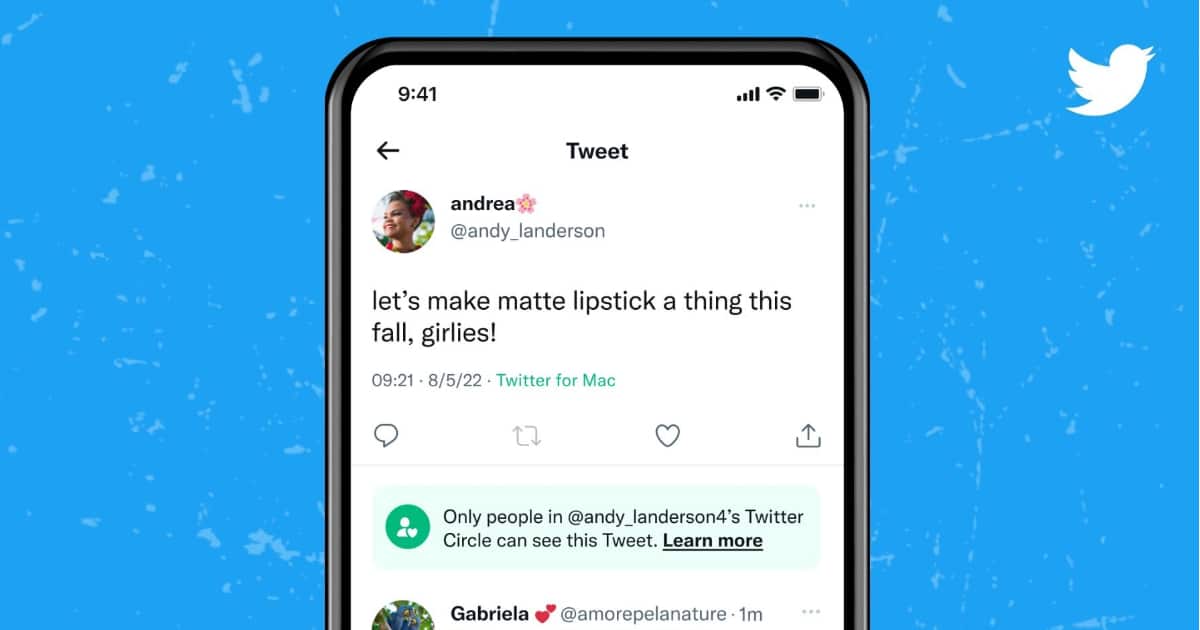Twitter wants to make communication more personal with its latest feature “Twitter Circle.” The company describes it as a “new way to Tweet to a smaller crowd.”

‘Twitter Circle’ is reminiscent of Instagram Stories’ Close Friends
As per the announcement post for Twitter Circle, the company began testing it back in May.
With Twitter Circle, people now have the flexibility to choose who can see and engage with their content on a Tweet-by-Tweet basis. This makes it easier to have more intimate conversations and build closer connections with select followers.

Before publishing a Tweet on the platform, users will now be shown an option to share their Tweet with either their circle or their full followers’ list. The company says up to 150 users can be added to a circle and the list can easily be adjusted at any time. Note that no one will be notified if they are added or removed from a circle.
Furthermore, Tweets sent specifically to a user’s circle will have a green badge displayed under them. Tweets sent to a circle cannot be Retweeted or shared. In addition, all replies to those specific Tweets will be private, even if a user’s Twitter account is public.
We want to ensure everyone on Twitter has the choice, control, tools, and transparency to join the conversation how and when they want, and Twitter Circle is another important step in that direction.
Giving people the option to share thoughts with a select group of followers helps make Tweeting more accessible. This is true whether you’re brand new to Twitter or you have millions of followers. Since the feature began testing, people have been sharing how it’s helped them personalize their Twitter experience, including:
In many ways, Twitter Circle is incredibly similar to Instagram Stories’ close friends. Both features allow users who share content with a select number of users. This is especially helpful for users who have big Twitter followings and do not want to make another account to interact with close friends.
Twitter Circle is now being rolled out across all platforms: iOS, Android, and the web.
Read more:



